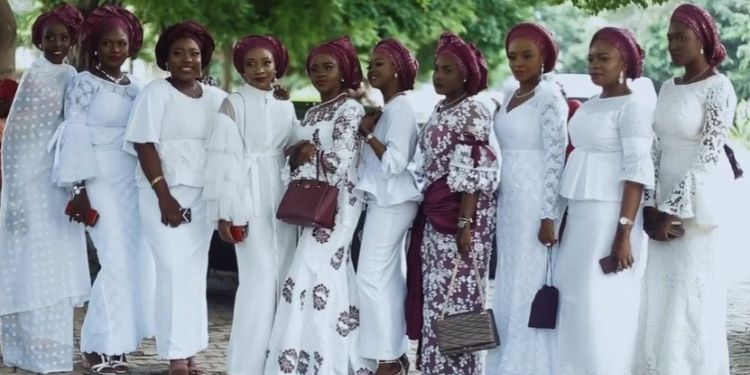Nigeria announced a ban – effective 1 October 2022 – on non-Nigerian models and VO artistes in advertising on Nigerian media. This space was said to be dominated by white and British talent. The Advertising Regulatory Council of Nigeria has welcomed the move.
Ban on the use of Foreign Models and Voice-Over Artists on the Nigerian Advertising Medium/Media pic.twitter.com/5pICTqOUt1
— Fed Min of Info & Nat’l Orien (@FMINONigeria) August 23, 2022
The move is ostensibly to encourage local talent. It is also perhaps an indication that white models are no longer aspirational and in no less measure of local pride.

Angel investor, business strategist and marketing veteran Lloyd Mathias observes, “At a basic level all advertising should resonate with the target audience that the intended ad speaks to, so moving in a direction of using more local models is a good move. Having said that, mandating that non-Nigerians cannot be used is very restrictive. For one, advertising is often used to dial up aspiration among consumers and if using models who may be foreign by ethnicity can do it, then why should a brand be prohibited from doing it? Then, a business should have the right to use the best resources to create its ads, and putting unfair restrictions is a bit limiting.”
He notes that this move may not be a good one in more ways than one. Mathias explains, “This move also does reek of discrimination against non-Nigerians and foreigners, which is counter intuitive to the global trend of more inclusive approach to brand building and communication. In the long term I think this will do more harm than good to Nigerian advertising.”

On the contrary, Santhosh Padhi, CCO – India, Wieden + Kennedy, thinks it’s a ‘bold and brave stance’.
“They are taking a stance saying there is a lot of homegrown talent to be nurtured and encouraged,” notes Padhi, drawing a parallel to the ‘Make in India’ campaign that encouraged companies to develop and manufacture products in India.
“While narrating a story, if there are elements of India, then it will always resonate with the consumers. Already Indians ads are produced on similar lines. When an ad is done in any part of the country, the ads are reflecting their nativity features. If you have to make connections with the consumers, then you have to reflect them. As it is said, ads are a reflection of consumers,” notes Padhi.
In India, we see foreign models, mostly white-skinned, in ads from luggage to lingerie and beyond. Will “aspirational” Indian advertising featuring international models follow Nigeria’s lead?

Subramanyeswar S (Subbu) – Chief Strategy Officer – APAC, MullenLowe Group, says the Nigerian action will definitely give ideas to a lot of countries including possibly India, given the prevailing ethnic-centred conversations about varying issues in differing degrees dominating the world.
“Depending on which side your political leanings are, you can call it ‘ethnic pride’ or ‘ethnic fundamentalism’. However, I feel, Indian advertising, as a culture industry (including the Indian film industry for most part) has been a lot more open or broadminded on this count historically. Remember Bob Christo? I don’t see us behaving the same way as Nigeria did because in Nigeria’s case a lot of economics too is at play apart from the politically and culturally scoring decision of making the natives the only choice,” he explains.
Subbu adds, “I believe, in a country like India, where GenZ and Millennials constitute two thirds of the population, and who are standing up, standing out and standing firm on any issue that they believe in, they don’t just look for ‘aspiration,’ but for ‘inspiration’ too. And, (superior) colour of people shown in advertising will be the last thing that will sway or manipulate their choices of brands.”
(To be continued. Have a view? Write to [email protected].)

















